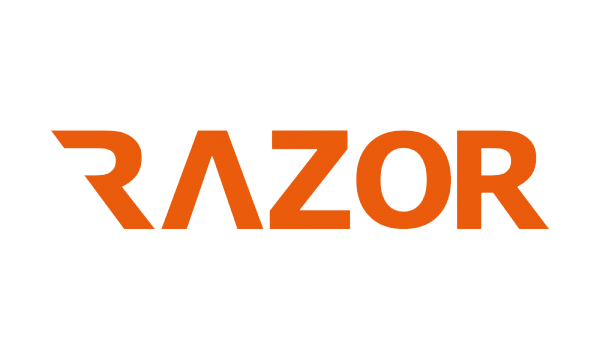Data acquisition is the process of sampling signals the measurement and converting the resulting samples into digital numeric values that can be manipulated by a computer. Data acquisition systems, abbreviated by the initialisms DAS, DAQ, or DAU, typically convert analog waveforms into digital values for processing.
Services & Technology
- To obtain down-hole pressure and temperature for reservoir monitoring and production forecast
- Production logging consists of running geophysical measurement instruments called logging tools, into an oil or gas well to measure various physical parameters. These logs are run in both production and injection wells. They can be run under dynamic (flowing) or static (shut in) conditions. Production logging provides information that enables the diagnosis of well problems.
- The Multi-finger Imaging Tools provide high-resolution detail on the condition of down hole tubular. Each tool in the family uses an array of hard surfaced fingers, which measure very small changes in diameter; these measurements can be stored in a memory version of the tool.
- The QL40-GRCCL is a combination of a natural gamma ray (GR) sensor and casing collar locator (CCL).
- The natural gamma ray (GR) sensor measures the quantity of gamma radiations emitted naturally from within the formations crossed by a borehole.
- The Leak Detection Tool is designed to create a temporary sealing barrier to enable a surface pressure test to ascertain a potential leak path between the tubing and annulus.
- The Magnetic Thickness Detector (MTD) measures variations in the thickness of tubing, casing and liner.
- The Sand Detection Tool allows detection of sand-entry points downhole and determination of sand-production rates.
- The DHSIT tool is used to obtain sufficient Build-up and Draw-down data by eliminating well bore storage in order to get accurate skin, permeability and boundary analysis.
- Our gravity feed bailer system provides the ability to dump cement, acid, melted plastics etc., without the use of explosives.
Our Suppliers



















